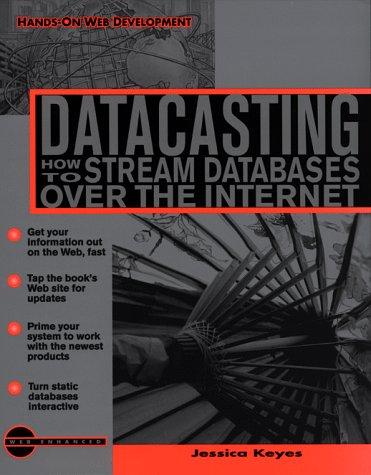Answered step by step
Verified Expert Solution
Question
1 Approved Answer
This assessment is an individual report about the design of an OOP system using Data Structures and Algorithms. The report should follow the following structure
This assessment is an individual report about the design of an OOP system using Data Structures and Algorithms. The report should follow the following structure using the actual case study that will be available on Moodle in assessment section by week
Title Page
Executive Summary
Introduction
Background
Case Study and the Design
Variables, Ranges and Keys
Operations and the Justification Algorithms and the Justification Modifications
Conclusion References
CASE STUDY:
Developing a Fraud Detection System for a Financial Institution
Introduction: In Australia, a large financial institution wants to improve its fraud detection capabilities by implementing a new fraud detection system. The system will use data from various sources, including transactions, customer profiles, and external data sources, to identify and prevent fraudulent activities. The financial institution wants to ensure that the system is efficient, accurate, and easy to use.
Problem Statement: The financial institution wants to develop a fraud detection system that meets the following requirements:
Technical Complexity: The system should be able to process large amounts of data from various sources in realtime and use advanced algorithms to identify fraudulent activities.
Data Complexity: The system should be able to handle data from different sources with varying formats, structures, and levels of complexity. The system should also be able to integrate data from external sources, such as thirdparty data providers.
Process Complexity: The system should be able to identify and prevent fraudulent activities in a timely manner and coordinate with other systems, such as the customer support system, to resolve fraud cases. The system should also be able to comply with relevant regulations and standards.
Integration Complexity: The system should be able to integrate with the financial institution's existing systems, such as the customer relationship management CRM system and the transaction processing system. The system should also be able to share data with other systems, such as the antimoney laundering AML system.
User Complexity: The system should be easy to use and should provide a userfriendly interface for fraud analysts to access the fraud detection data and manage fraud cases. The system should also provide training and support for fraud analysts to effectively use the system.
Project Complexity: The project should be managed effectively and efficiently, considering the technical, data, process, integration, and user complex
Step by Step Solution
There are 3 Steps involved in it
Step: 1

Get Instant Access to Expert-Tailored Solutions
See step-by-step solutions with expert insights and AI powered tools for academic success
Step: 2

Step: 3

Ace Your Homework with AI
Get the answers you need in no time with our AI-driven, step-by-step assistance
Get Started


